Back order? 延期交货
中国日报网 2020-05-08 12:11

Reader question:
Please explain order and back order in this sentence: "Orders will be put on Back Order until item is ready."
My comments:
Orders are straight forward. They are requests for a particular product to be paid for upfront or upon delivery - when the said product is delivered.
Back order? A back order is literally an order of an item that is currently unavailable, and so delivery has to be pushed BACK - to be processed later, when that particular item becomes available again.
That's exactly what our example sentence means. Because they have run out of stock, all orders are now back orders - to be dealt with when new supplies arrive.
Back orders are kind of like a waiting list. Your name is put on the waiting list. You wait for the service you're seeking to be available. For example, if you want to see a doctor who has a lot of patients to see, you may be put on a waiting list - for you to see the doctor later, maybe a week later or a month later or a year, depending on the number of people who are on the waiting list ahead of you.
The "back" in back order is similar to the "back" in back pay.
Back pay? Yeah, if you are owed back pay, it means your employer must have run out of money and therefore could not pay your salary last month or perhaps several months running. Hence, the employer promises to pay you some time later in future, when they have the money again.
In other words, your pay day is pushed BACK, back, that is, into the future.
Hopefully, as is the case with back orders, not too distant future.
Okay, here are media examples of back order:
1. I graduated with a degree in aerospace engineering the same year the Boeing 737 design rolled out. For my senior year, two-person teams had to “design” a light aircraft, as a two-semester project. This was on top of all of our other courses. A course in aircraft stability and control was taught in my junior year.
We were also taught to take an older design and “tweak it” rather than start entirely from scratch. This lessened the engineering and design time.
The bottom line, however, is that the aircraft must be stable in the sense that if the pilot takes his hands off the stick, the aircraft will not oscillate further around the horizontal pitch axis. It will “dampen.”
Certainly, Boeing has used this principle in every aircraft it has built, starting slightly over a hundred years ago.
Yet when the latest redesign of the 737 — now called the 737 Max — was finalized a few years ago, this tenet was no longer the case, since the larger fan jet engines had to be mounted differently to the wings to accommodate the larger diameter nacelle, which could interfere with the ground. This made the aircraft technically “unstable.”
Procedures for the pilots to compensate for this rare case of instability were developed. But this fact seems not to have been adequately communicated to the airlines or to the pilot or to the Federal regulators.
I worked in the aerospace industry for about 8 years after graduation but then transferred to the nuclear power industry. Aircraft striking nuclear power plants was a concern then — and still is as far as I know — and I worked on standards and statistical methods to calculate whether an airplane crash would compromise a nuclear power station. The estimated odds had to be less than one in 10 million per year.
Most aircraft accidents occur within 2 miles of an airport, generally aligned with the direction of the runway. Once the aircraft is airborne — and this is where the two accidents in Africa occurred — airline travel is incredibly safe. Boeing’s web page says 49% of airline crashes for commercial jets occur at a 15-second interval during landing.
For perspective, airline flying is about a thousand times safer than flying a small airplane piloted by yourself or a friend, on a per mile basis.
Yet 95% of the time a passenger survives an airline carrier crash during this landing period, also from the Boeing web page. This is consistent with my experience in impacting structures; the odds of survival and the impact on facilities is best case since airspeeds are the lowest, e.g. just above stall speeds.
On the other hand, infrequent “en route” crashes at altitude after takeoff and before landing often result in loss of all passengers — a total of 346 deaths in the two African air crashes. The proper design should have prevented this from happening.
The dilemma now facing the airline industry is: how did this basic design concept get so far off the rails? Economics and fuel savings seemed to over-shadow safety.
The Federal Aviation Administration (FAA) looks compromised, the airlines are up the creek because they have so many back orders for the fuel thrifty 737 Max and apparently don’t have a Plan B in some cases. Boeing’s main competitor, Airbus, probably could not complete orders to replace the already assembled aircraft. Airlines will continue to use the older and slightly less fuel efficient models and presumably will pass the costs on to customers.
- Boeing made egregious mistakes; overall airline safety record excellent, by Dave Pyatt, BaltimoreSun.com, January 11, 2020.
2. Nationwide shortage of two drugs touted as possible treatments for the coronavirus is being driven in part by doctors inappropriately prescribing the medicines for family, friends and themselves, according to pharmacists and state regulators.
"It's disgraceful, is what it is," said Garth Reynolds, executive director of the Illinois Pharmacists Association, which started getting calls and emails Saturday from members saying they were receiving questionable prescriptions. "And completely selfish."
Demand for chloroquine and hydroxychloroquine surged over the past several days as President Donald Trump promoted them as possible treatments for the coronavirus and online forums buzzed with excitement over a small study suggesting the combination of hydroxychloroquine and a commonly used antibiotic could be effective in treating COVID-19.
Reynolds said the Illinois Pharmacists Association has started reaching out to pharmacists and medical groups throughout the state to urge doctors, nurses and physician assistants not to write prescriptions for themselves and those close to them.
"We even had a couple of examples of prescribers trying to say that the individual they were calling in for had rheumatoid arthritis," he said, explaining that pharmacists suspected that wasn't true. "I mean, that's fraud."
...
Lupus patients are reporting difficulty in refilling their prescriptions for the drug. On Monday, the Lupus Foundation of America issued a joint statement asking the White House Coronavirus Task Force to "take action to ensure current supplies are allocated for patients taking them for indicated uses." Several states in the past few days have already moved to limit prescriptions of the drugs, neither of which is approved to treat the coronavirus. Trump, in press conferences and tweets over the past week, has promoted the use of the drugs as potentially blunting the impact of the COVID-19 outbreak.
"It's unfortunate that a news conference, I think prematurely, made it sound like this was the answer, and that's led to this panic," Michelle Petri, director of Johns Hopkins University School of Medicine's Lupus Center, said Friday. "I have spent the last two days trying to help lupus patients who actually need their refills." She said some patients have refills on back order while others are being provided smaller amounts than usual.
- Doctors are hoarding unproven COVID-19 medications, Salon.com, March 25, 2020.
3. The silence was striking.
On a normal day, the well-child waiting room at Berkeley Pediatrics bustles with children playing, infants crying and teenagers furiously tapping on their smartphones.
On a recent Monday, the room was deserted, save for a bubbling tropical fish tank and a few empty chairs. Every book, puzzle and wooden block had been confiscated to prevent the spread of the coronavirus. There was not a young patient to be seen.
Since March 17, when San Francisco Bay Area officials issued the nation's first sweeping orders for residents to shelter in place, patient volume at the 78-year-old practice has dropped by nearly 60%. In accordance with guidance from the American Academy of Pediatrics, its seven doctors have canceled well-child visits for almost all children older than 18 months. And some parents balk at bringing in even babies for vaccines, opening the door to another potential crisis down the road.
In the days after the COVID-19 clampdown, the office scrambled to set up telehealth for sick visits. Still, this small, independent practice has gone from seeing more than 100 patients a day to about 40. It has laid off six staff members, and the physicians have taken a 40% pay cut.
"I've been practicing for a long time, and I've seen a lot of things. This is a very different beast," said Dr. Annemary Franks, who joined the practice in 1993. "I've never seen in a week the entire thing fall apart."
Across the U.S., thousands of pediatric practices that provide front-line care for the nation's children are struggling to adjust to a dire new reality: crashing revenue, terrified parents and a shortage of protective equipment, from gloves and goggles to thermometer covers. And all while they are being asked to care for young patients who could well be infected with COVID-19 — and prime vectors for transmission — without showing symptoms.
...
Before they get an appointment, all children are screened by phone for signs of the virus. When possible, sick children are treated via a video visit. If a child with respiratory symptoms needs to be seen in person, a doctor meets the child in the family's car in the parking lot, dressed in gown, gloves and face shield. Everyone who enters the office — whether child or caregiver — is checked for fever. The practice has only 75 plastic thermometer covers left, and supplies are on back order. The doctors wear surgical masks even for well-child visits.
- The Coronavirus Has Left Pediatric Practices Struggling for Survival, USNews.com, April 14, 2020.
本文仅代表作者本人观点,与本网立场无关。欢迎大家讨论学术问题,尊重他人,禁止人身攻击和发布一切违反国家现行法律法规的内容。
About the author:

Zhang Xin is Trainer at chinadaily.com.cn. He has been with China Daily since 1988, when he graduated from Beijing Foreign Studies University. Write him at: zhangxin@chinadaily.com.cn, or raise a question for potential use in a future column.
(作者:张欣 编辑:丹妮)









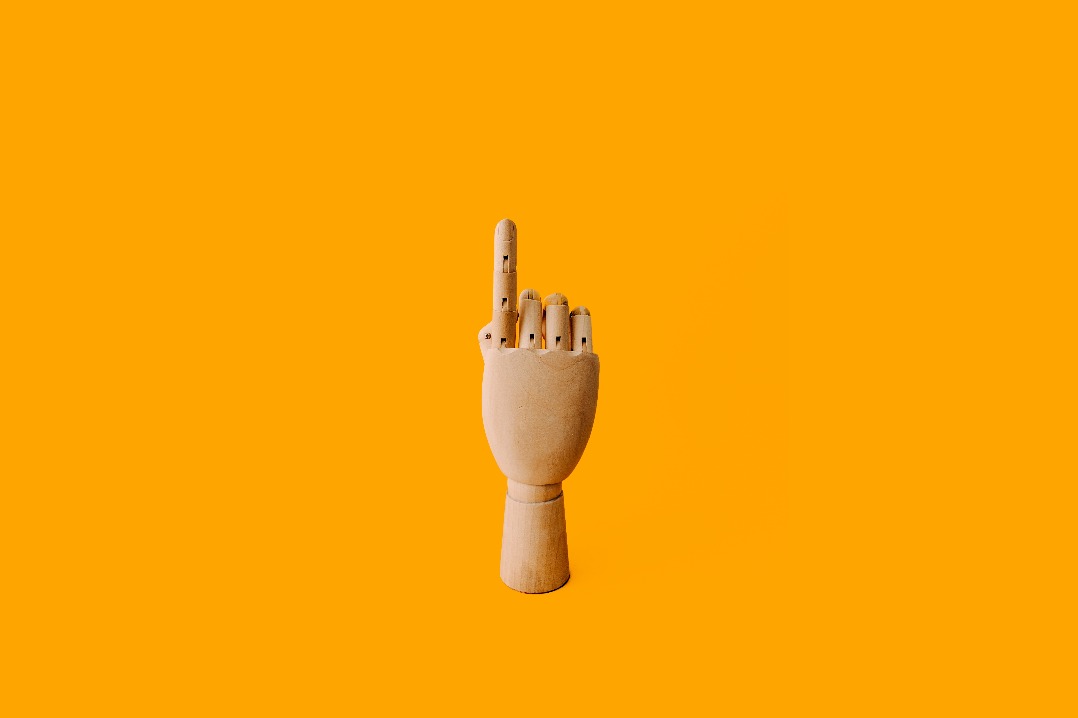
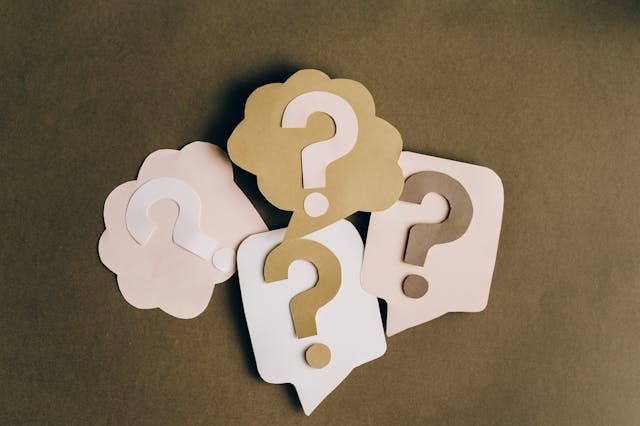
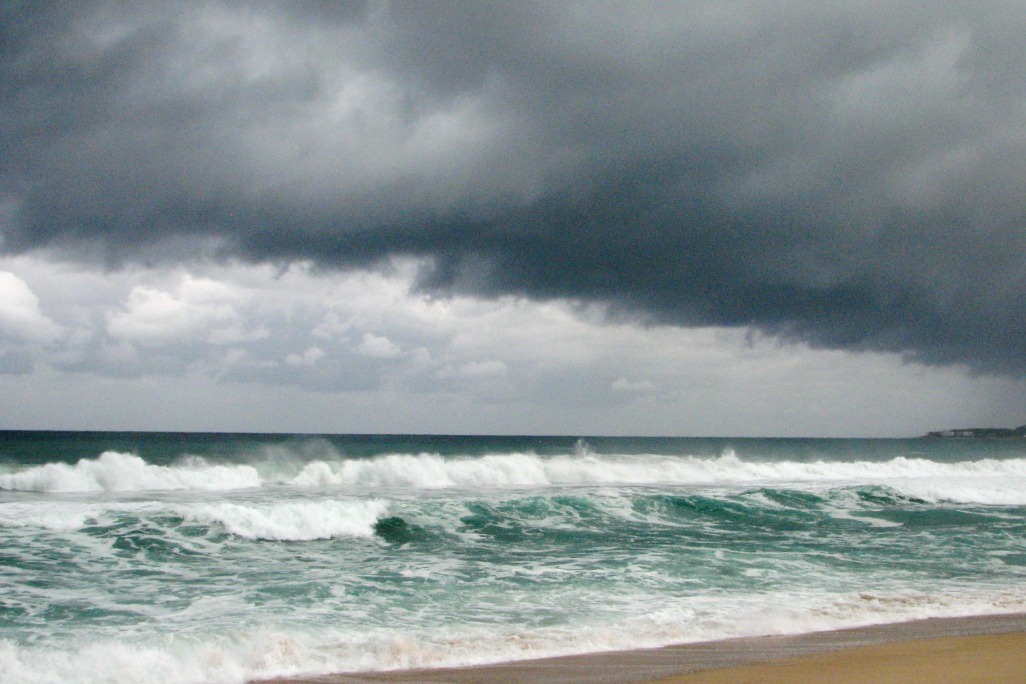
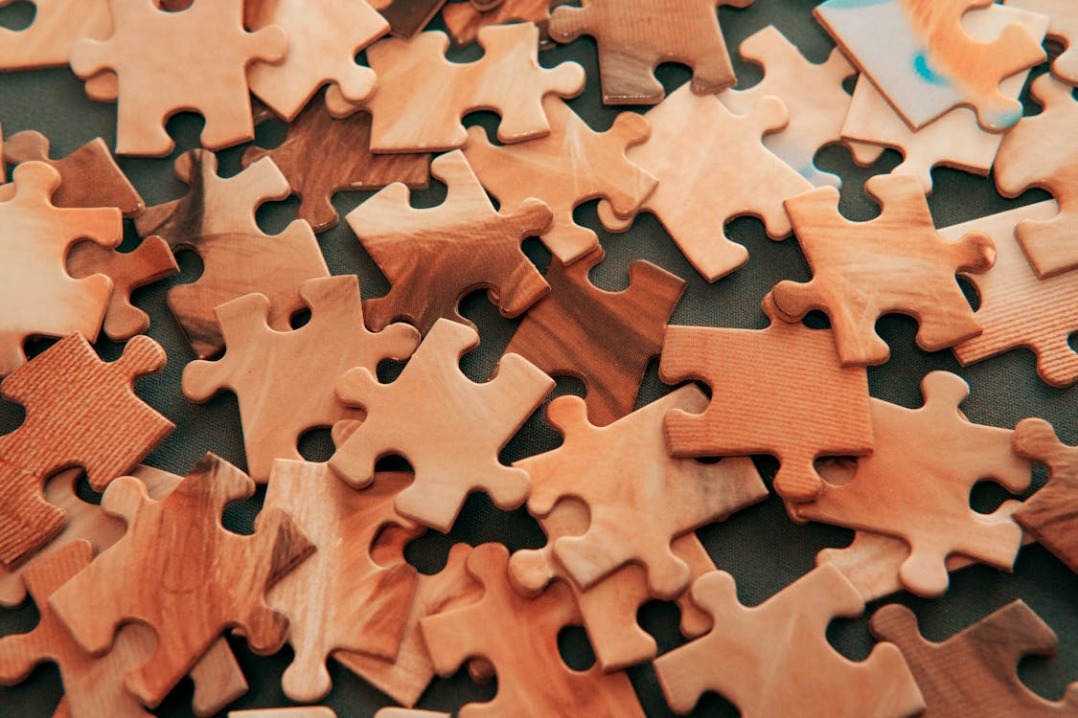



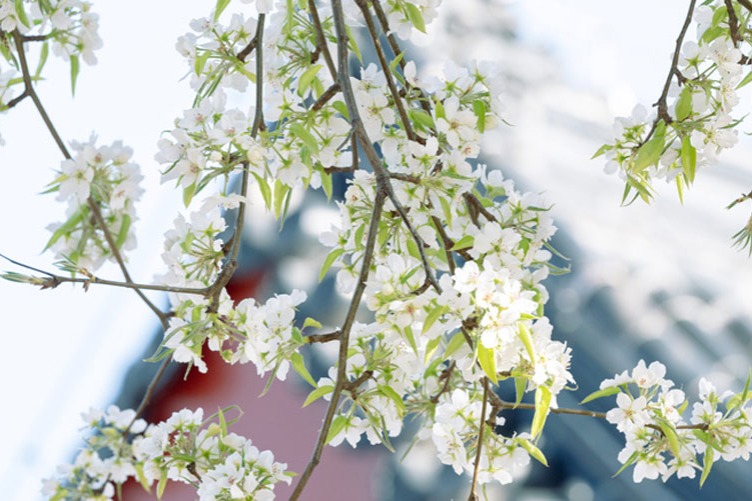
 英语点津微信
英语点津微信 双语小程序
双语小程序